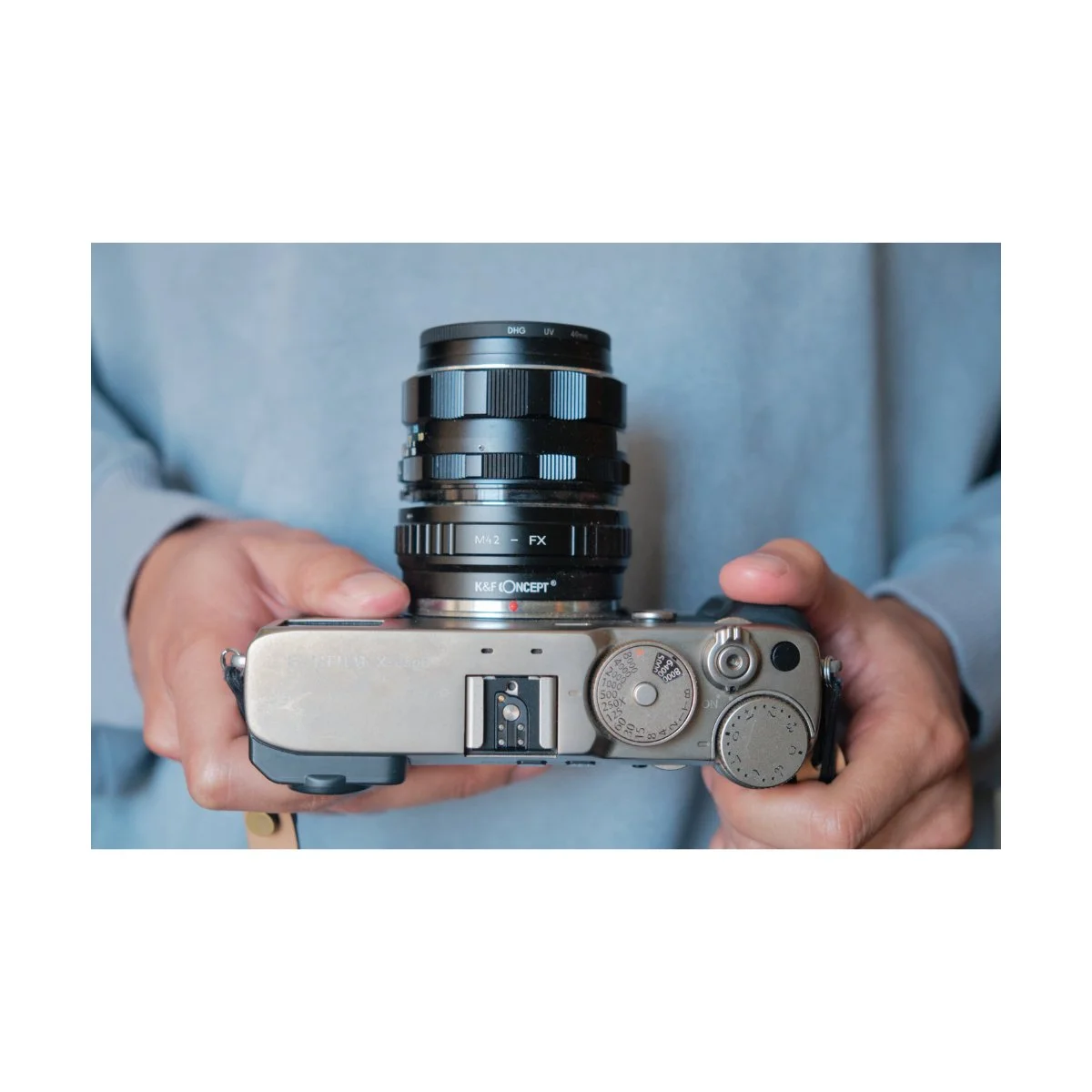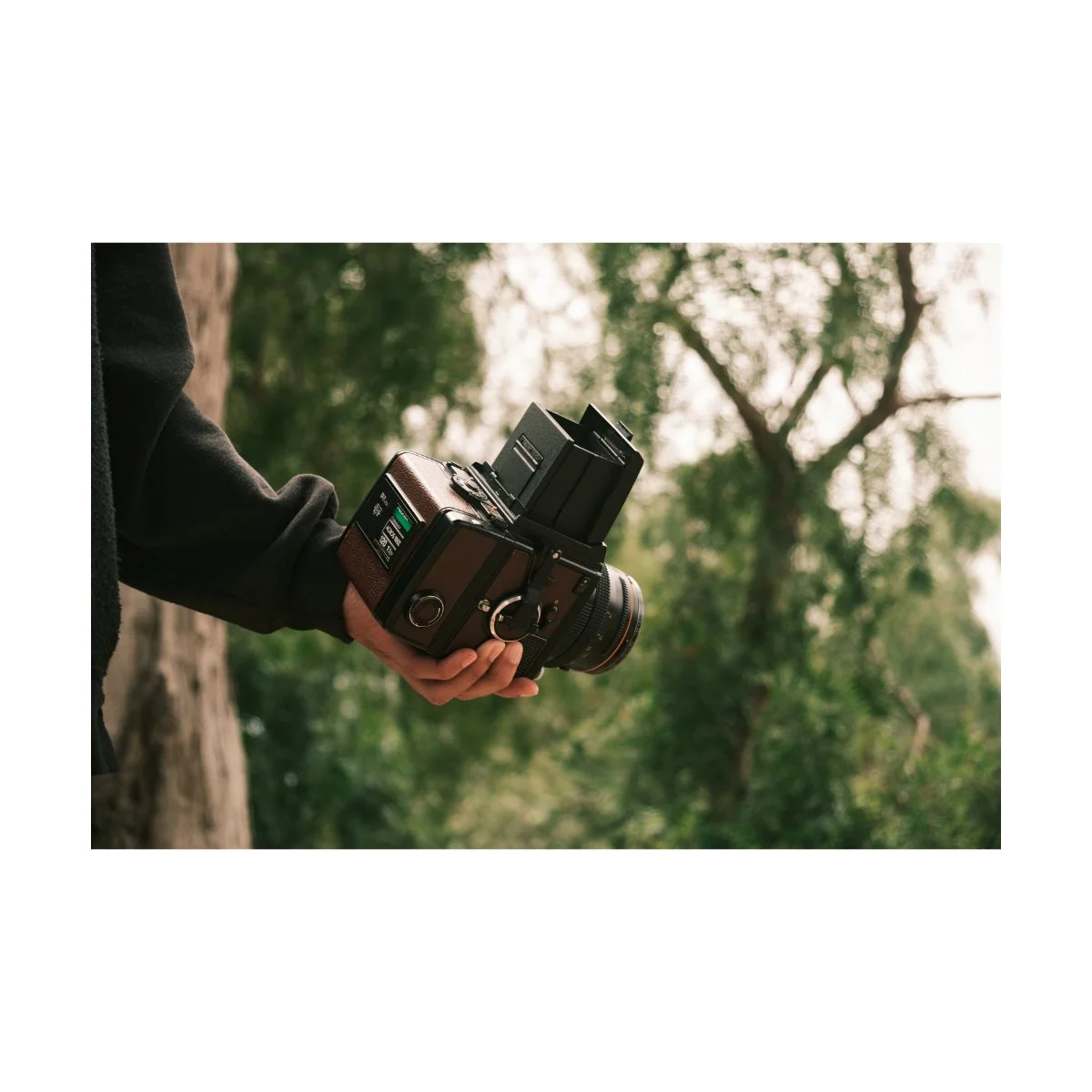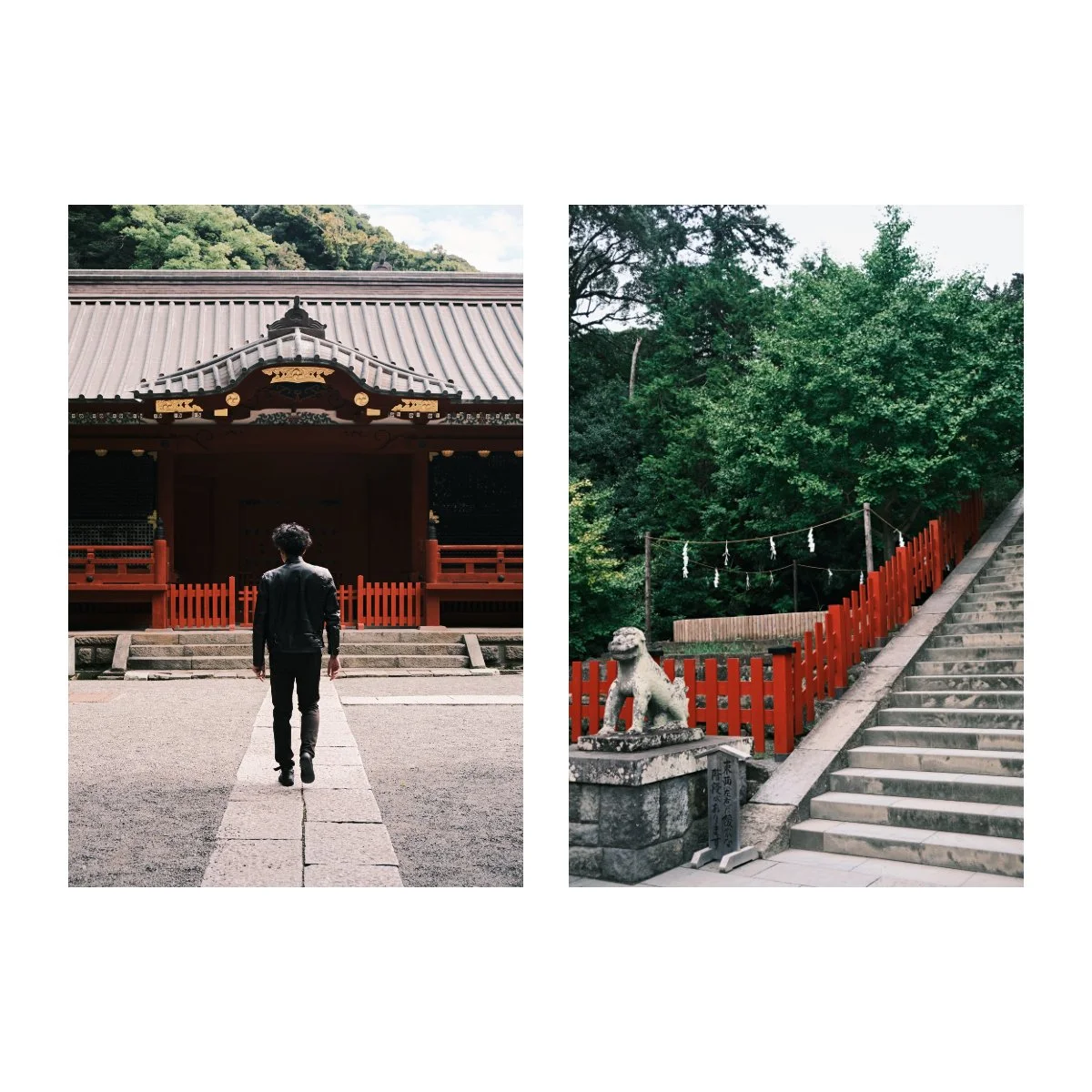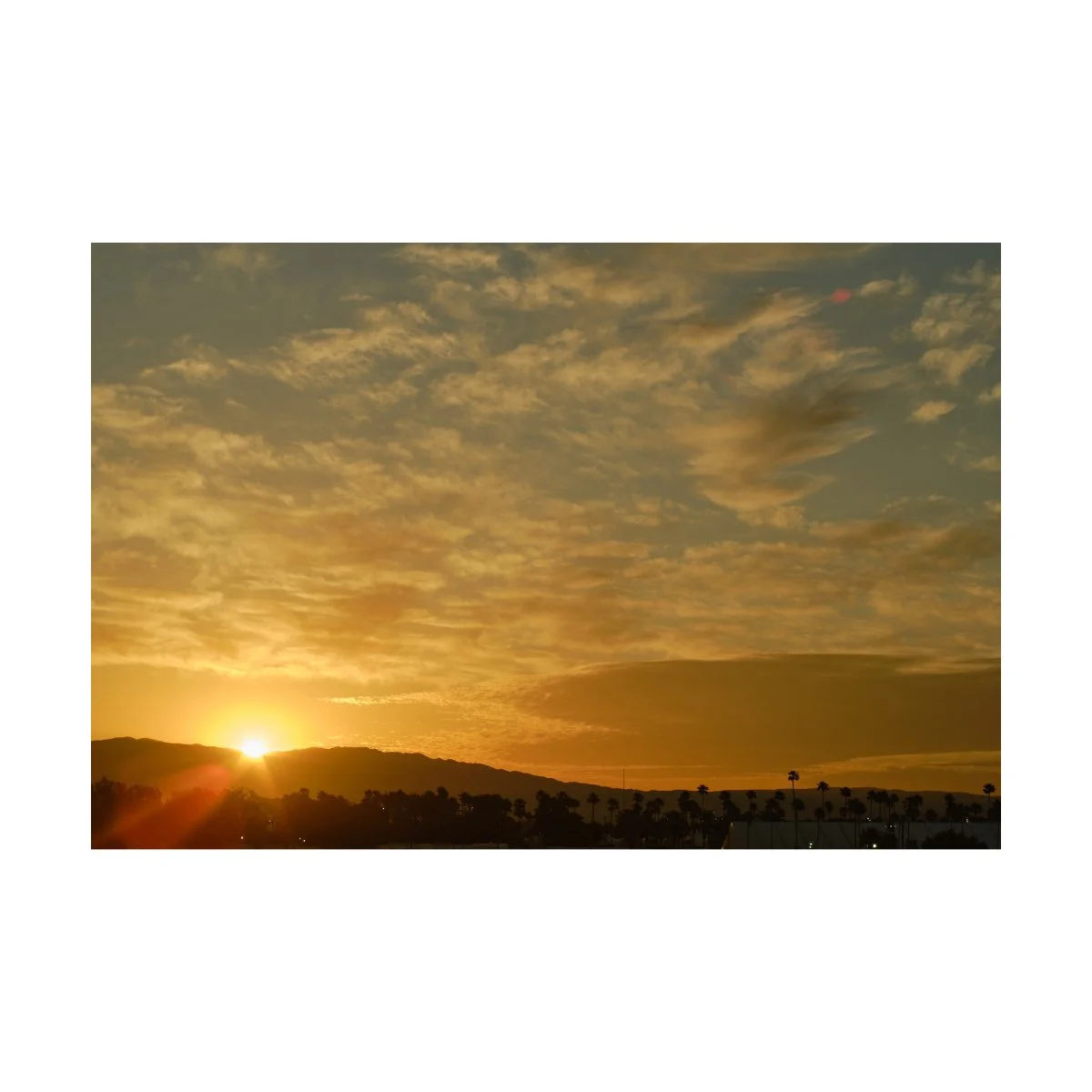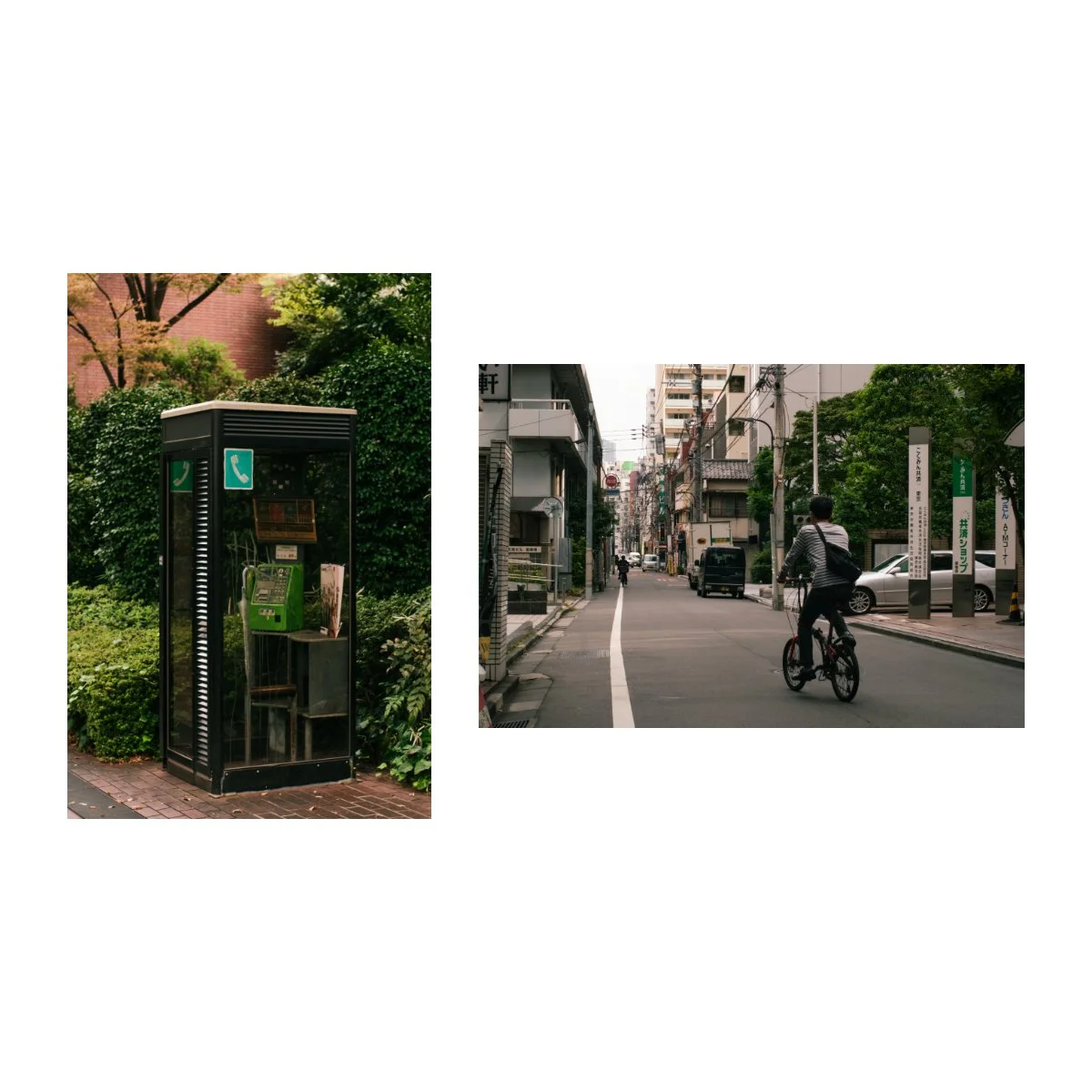Right Camera, Wrong Time? - The Fujifilm X-Pro3
All cameras nowadays are the same.
They have the same functions, bodies, and features.
And there’s really not much of a difference between buying the Sony A7whatever versus the Fuji X-Twhatever.
Sure, there are minor variances here and there, but 90% of what you’re getting is the same.
Right now we’re in an era where the “everything camera” is being mass produced.
It’s not about the philosophy, the design, or the user experience.
It’s about the specs and features, the megapixels and sensor size, and if any of those things are lacking, the camera is almost worthless.
Plus, its about what this camera can do that that camera can’t do.
Many photographers, myself included, feel wrong when buying an old outdated piece of gear when we could buy a new, shiny, and up to date one.
But the irony stands that most of us don’t even need the latest and greatest.
It’s times like this when I look at cameras like the Fujifilm X-Pro3 and think:
Right camera, wrong time.
Standard for A Reason
Most cameras are standard for a reason.
Because over time, designs and styles converge as popularity and efficiency is proven.
So things become standard because they work.
So you’ll have point and shoot cameras for your daily photographers who value size and ease of use.
You’ll have more bulky things for serious landscape or working photographers.
And you’ll have designs more catered to content creation - with rotational screens and all of that.
But beyond that, not much else.
They’re still all just variations of rectangle boxes with grips on them.
But back in the day, you had options.
You had your standard SLR film camera.
But you also had weird shapes and designs like a twin lens reflex, a box camera, and all sorts of weird stuff.
It made each and every camera different, which was very cool.
Learning how to use a new camera was like learning photography all over again; as opposed to nowadays where you can pick a camera up and more and less figure out how to use it.
From a product standpoint, this makes sense because it’s simply a result of learning which design works best after many years of iteration.
And admittedly, the generic modern camera does work the best.
However, what comes with this is also a loss of fun, interest, and innovation.
What made picking up an old weird film camera fun was the novelty: finding something you had no idea how to use, that you had to figure out how to use, which changed the way you took photos.
Once everything is more or less the same, you lose that.
Since there’s no variety of operations, the only differences we look towards are things like the specs and features.
And cameras are bought over megapixels and video resolution, rather than form and function.
Now, one could argue that this is for the better, because now you’re encouraged to focus on the craft and the images you’re taking, not the cameras themselves.
And I don’t disagree with that.
That’s a lot of what I try to do after all.
But after taking pictures over a long period of time, I also realized: maybe a bit of novelty every once in a while would be nice.
It’s one of the reasons why I’m glad I picked up the X-Pro3 almost a year and a half ago.
When first using this camera, I was a bit annoyed.
It felt slow, inefficient, and clunky.
There was a screen, but you couldn’t really use it because it was hidden in the back.
That was the point, I guess: a viewfinder mainly camera, with occasional waist level firing.
But still…this pissed me off.
It was so contrary to the way I shoot with cameras like the x100 series that I had a hard time adapting and getting used to it.
It’s a weird thing to explain because I never really had problems shooting viewfinder only on manual slr film cameras.
But this is a digital camera.
And it feels like I should be able to lift the camera, look at the screen, and take a picture.
Thankfully, I didn’t give up and sell the X-Pro3.
Because over time, I’ve found that the more you lean into it, the better it feels.
Lately I’ve been adapting vintage lenses to it and it almost feels like I’m shooting film.
It’s frustrating, it’s changing the way I’m shooting, but it’s actually making photography a lot more fun.
So although it isn’t preferred, it’s different enough to pique my interest and make me keep shooting.
In these cases, I’m glad the X-Pro3 isn’t the same as all the other cameras.
Getting Bored
Another problem we photographers experience is boredom.
I think photography is fun and exciting in the beginning, when everything is new.
But over time as you delve deeper and deeper into the craft, this novelty wears off, and boredom starts to kick in.
Going out on a photo session isn’t as enticing anymore because you more or less know what to expect, and it’s the same thing over and over again.
And what you were once so excited about now just looks like a mountain of work in front of you.
Thousands of unedited photos on your hard drive.
Tons of incomplete project ideas because you’ve been lazy and procrastinating on them.
And just a lot of the same thing over and over again.
It’s in these instances I’m reminded the importance of doing different and mixing things up.
This applies for both the cameras we use and what we work on.
Even a slight change like in the X-Pro3 will push us off our game.
Adding random limitations like viewfinder only, or a manual lens will force errors in our photography.
These errors will drive novelty, since instead of a consistent or expected outcome, you’re getting all these “bad shots”.
This novelty will actually curb your boredom.
So ironically, although it’s not the most efficient or effective, sometimes you want a limitation or handcuff that will make photography harder.
Because it’ll shake things up and make things fun again.
Think about it like playing a game you always win.
What fun is that?
Therein lies the problem with a lot of modern cameras.
They’re built for efficiency and clinical perfection such that photography is more science and less art.
Variance or novelty becomes hard to find, which makes it easier to get bored.
Of course we can create ways to challenge ourselves and make things fun again - we’ve talked about this in other videos, but it takes more work than just picking up a different weird camera.
So as time passes, I think more and more people will realize this, and what people shoot with will shift and change.
People will get bored of the current camera situation, if they’re not already.
And they’ll look for new and different things to shoot with to mix things up in their usual setup.
Like I mentioned earlier, something like the X-Pro3 has been a great mix up for my typical setup.
It’s got most of the same things as my other cameras so the workflow isn’t ruined, but it’s different enough to annoy me and make photography novel again.
And even though debatably, the images I want to get are harder with this camera, the long term trade off is worth it.
I’ve found myself able to let go and be more relaxed with this style of shooting because I know that’s the point of it (for me at least).
I even took a small trip recently with this camera as my main setup.
And I brought the VI just in case but didn’t find myself using it much.
Surprisingly, that was a great experience in itself.
It reminded me that I didn’t always need the ideal or best setups and I could make things work despite my discomfort.
And I didn’t take nearly as many photos as I usually would, but the ones I did take were pretty good, and I enjoyed myself during the whole of the trip more.
So it was a weird contrast to my usual photography philosophy or ideals of trying to get the shots and capture the moments.
And the experience of not having a solid back screen, just using the viewfinder or waist level, and regressing to manual focus wasn’t nearly as terrifying as I thought it might be.
Until Then
Cameras like the Fujifilm X-Pro3 were, in my opinion, the right cameras released at the wrong time.
Unlike a few of its other more popular brothers, the X-Pro3 initially had mixed reviews.
I remember back at it’s time of release, some people loved it, some people hated it.
A lot of enthusiasts liked the return to viewfinder only and welcomed the experience.
Some people felt like it was a step back from what made the X-Pro2 so great.
Why would you pay so much money not to have an easy to use screen?
Maybe if it was released sooner, in a time that was less “tech” heavy, it would’ve connected more.
But over time I think more and more people will and have already come to appreciate the camera.
Because in a world where every camera is the same, the X-Pro3 stands out.
It’s a modern camera, so it doesn’t have all the setbacks of film.
But it’s got similar constraints, so the experience isn’t far off.
When you get bored, you’ll crave something different, even if it’s not as optimal.
If you eat your favorite food every single day, you’ll eventually want something different - even if it’s not your favorite.
As people seek a more novel experience or need to mix things up and make photography fun again, cameras like this will be more and more sought after.
And slowly, the X-Pro3 might become the right camera in the right time.
Honestly, based on the past few camera releases, we might not be far off.
But, until then.
So, let’s bring this full circle real quick.
If you’re in a similar position where you feel like all cameras are the same and you’re getting bored of photography, you’re not alone.
This is the result of a lot of things - one being convergence: where styles and designs have converged to simply what works best.
The problem with this is, it limits the room for innovation and things get boring quick.
Unfortunately, we can’t do much about this since we’re not the ones making the cameras.
At this point, you have one real option: get a quirky camera to mix things up.
This could be an old film camera with a unique design or something like an X-Pro3, which unfortunately can be quite pricey.
You could also place limiters on your photography that push you to improve in a certain way.
For example, if you can’t afford an X-Pro3, pretending your screen doesn’t work and shooting with just the viewfinder ain’t that far off.
For some of you, that might not be enough of a change, and you may need something completely different like a twin lens reflex or a 6x6 medium format camera.
I don’t often recommend buying new gear since it’s often an easy excuse to get out of doing the photography work you’re avoiding.
And people will often go too gear heavy and barely do any photography.
But in this case, it’s one of those rare instances where we can use a camera’s uniqueness to pull us back into photography.
If it works, it works - I won’t judge.
Just be careful not to get lost in that gear rabbithole.
So, I hope you found this useful or interesting - if you did, do share this with a friend who would also relate.
And if you’re looking to build a solid foundation in photography, check out Photography Essentials - it’s free.
We’ve also got new prints available and limited edition Mt. Fuji and Kamakura shirts.
Thanks as always, have a great day.
